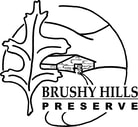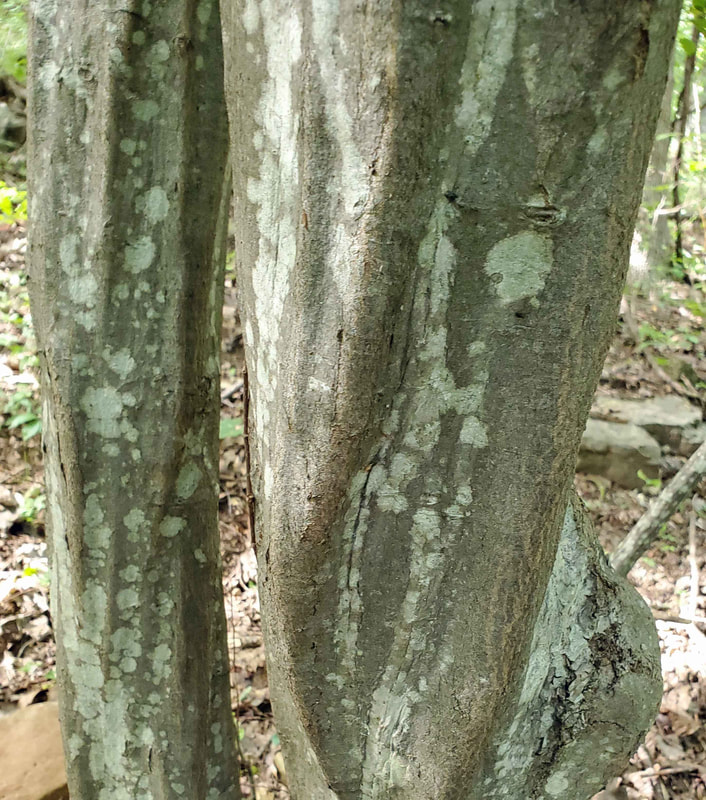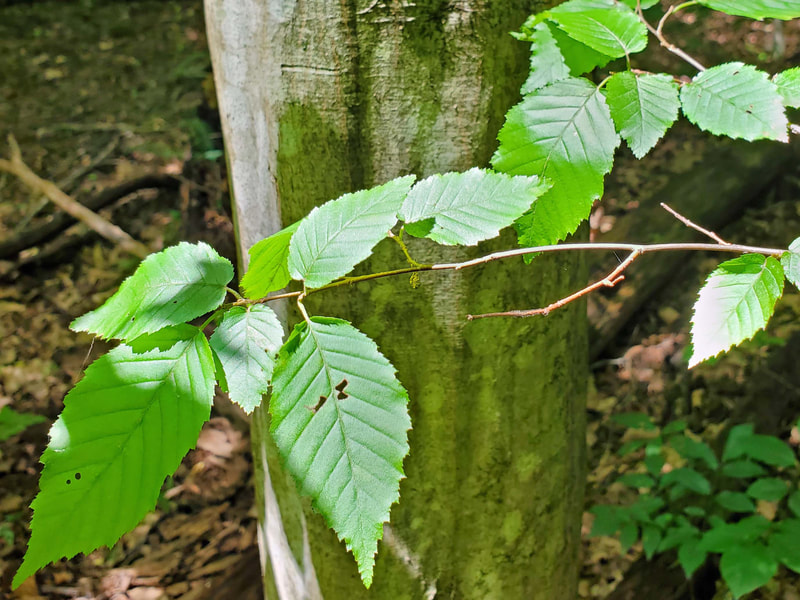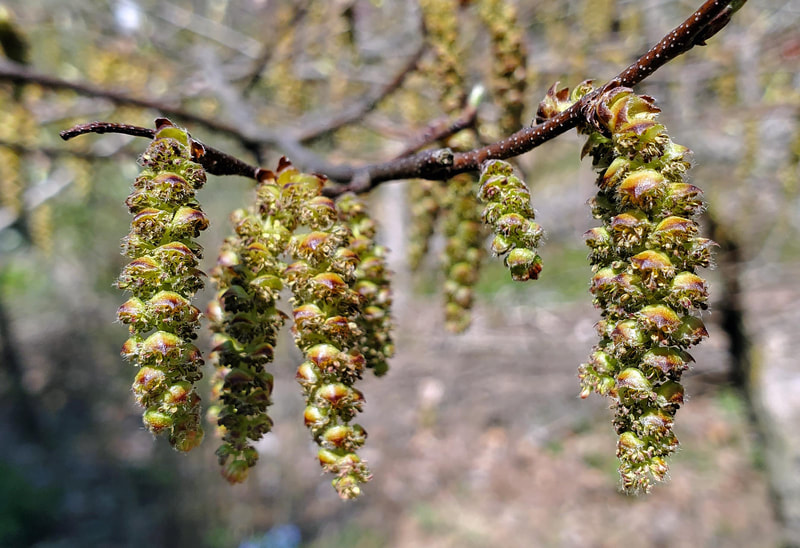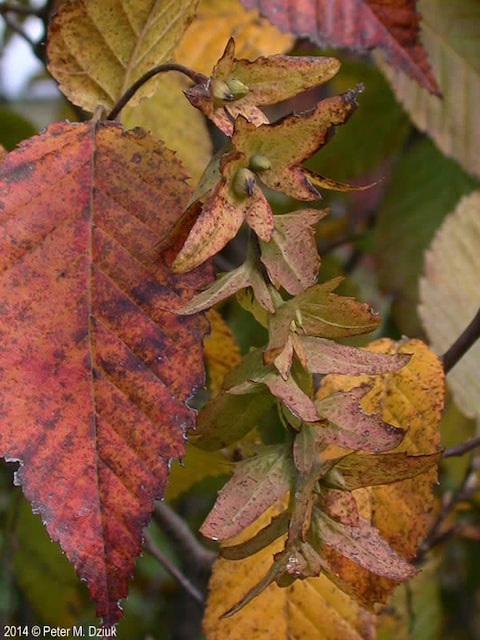American Hornbeam
Scientific Name: Carpinus caroliniana
— pronounced kar-PINE-us kair-oh-lin-ee-AN-uh
— Carpinus, Latin for the European hornbeam
— caroliniana, modern Latin, of Carolina
Birch Family (Betulaceae), consisting of deciduous nut-bearing trees and shrubs; includes the Birches, Alders, Hazels, Hornbeams, and Hop-hornbeams
Other Common Names: Ironwood, Musclewood, Blue-beech
The American Hornbeam’s trunk is distinctive: smooth, tight, bluish-gray bark stretched over an irregularly ridged trunk (like a flexed muscle). The bark
changes little with age. The leaves are alternate, elliptical or egg-shaped, with double-toothed margins; dark green above and pale below. The leaf veins are evenly spaced along a midrib.
— pronounced kar-PINE-us kair-oh-lin-ee-AN-uh
— Carpinus, Latin for the European hornbeam
— caroliniana, modern Latin, of Carolina
Birch Family (Betulaceae), consisting of deciduous nut-bearing trees and shrubs; includes the Birches, Alders, Hazels, Hornbeams, and Hop-hornbeams
Other Common Names: Ironwood, Musclewood, Blue-beech
The American Hornbeam’s trunk is distinctive: smooth, tight, bluish-gray bark stretched over an irregularly ridged trunk (like a flexed muscle). The bark
changes little with age. The leaves are alternate, elliptical or egg-shaped, with double-toothed margins; dark green above and pale below. The leaf veins are evenly spaced along a midrib.
Photos by David Rosher
The flowers, male (left) and female catkins, come out with the leaves. The female flower is covered by a three-lobed leaf-like bract, which persists as the small nutlet grows and ripens in the fall.
The flowers, male (left) and female catkins, come out with the leaves. The female flower is covered by a three-lobed leaf-like bract, which persists as the small nutlet grows and ripens in the fall.
Photos: flowers by David Rosher, nutlets with bracts by Peter Dziuk
Photos and more info: VA Tech dendrology sheet, Minnesota Wildflowers page
American Hornbeam is most often found as an understory tree in mature deciduous forests, on moist sites, mostly in bottomland; also on east- and north-facing slopes like this one. It may also occur on locally moist sites such as near seeps. American Hornbeam is found scattered through the Preserve.
Interesting facts:
Photos and more info: VA Tech dendrology sheet, Minnesota Wildflowers page
American Hornbeam is most often found as an understory tree in mature deciduous forests, on moist sites, mostly in bottomland; also on east- and north-facing slopes like this one. It may also occur on locally moist sites such as near seeps. American Hornbeam is found scattered through the Preserve.
Interesting facts:
- The American Hornbeam is small, usually 20 to 40 feet high.
- Its flowers are wind-pollinated. Its nutlets, which fall with their leaf-like bracts attached, are dispersed by wind; they are eaten by squirrels and several kinds of birds and are a preferred food source of the ruffed grouse.
